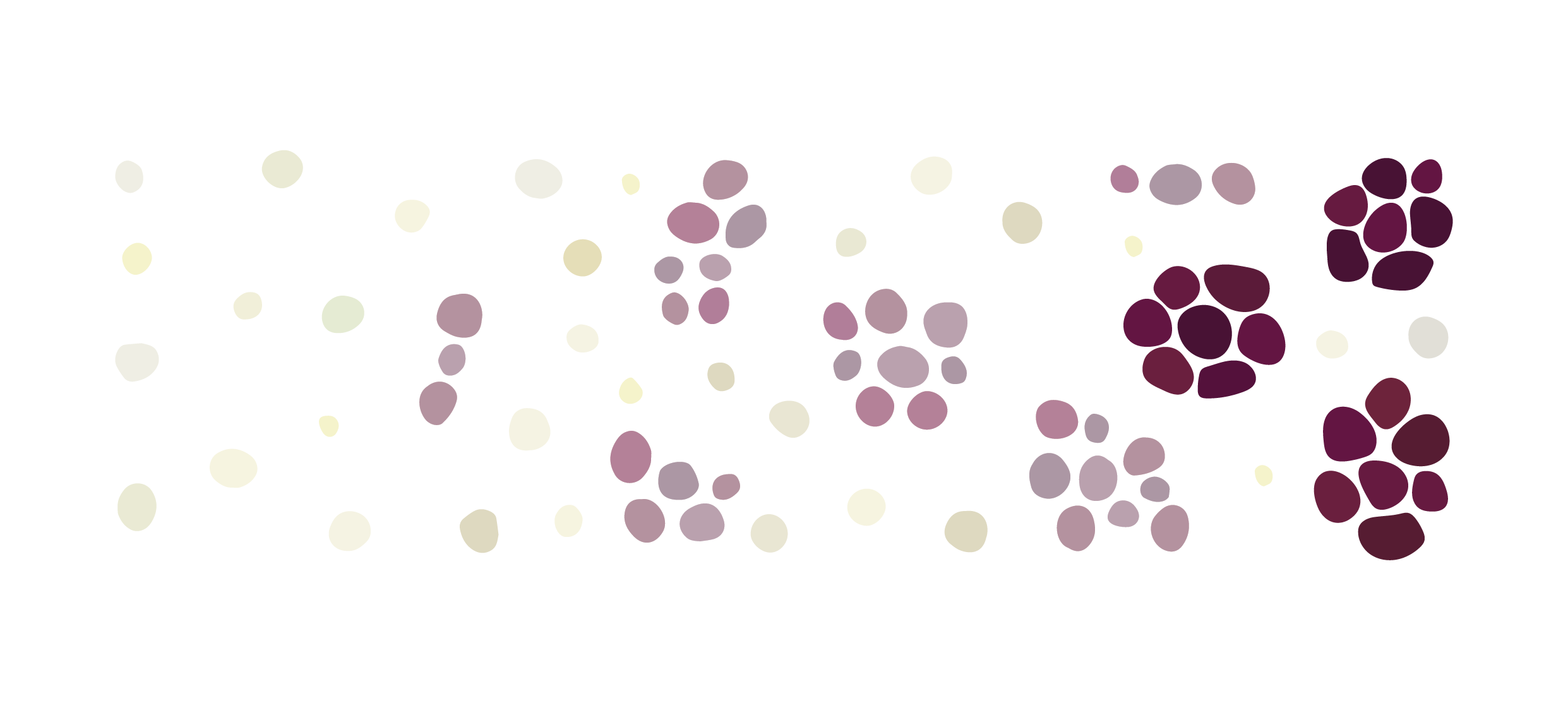Individuality and Selection of Microbial Communities

Currently, there's a strong interest in microbiology to improve community functions via directed evolution. However, selection methods for improved community function have shown limited success. Together with Sara Mitri, we suggest that this result could be a consequence of competition among species members within communities: if competition within communities is strong, selection at the member species can override selection at higher levels. For my project, I am using a multilevel selection framework to design and simulate selection methods decreasing competition within communities and increasing competition between them.
Salazar, A., & Mitri, S. (2025). Can a microbial community become an evolutionary individual?. Current Opinion in Microbiology.

Evolutionary Individuality of Bacterial Plasmids

Evolutionary individuality defines biological individuals on the basis of natural selection. For my project, I assessed the evolutionary individuality of bacterial plasmids, autonomous replicating DNA entities enclosed within bacterial cells. Although plasmids are commonly understood as parts of the bacterial genome, there's a growing body of research that considers that plasmids are evolutionary individuals in their own right. I analysed and evaluated the distinct views on plasmid individuality and concluded that, rather than being antagonistic, they are complementary.
I developed this project under the supervision of Ellen Clarke at the University of Leeds.